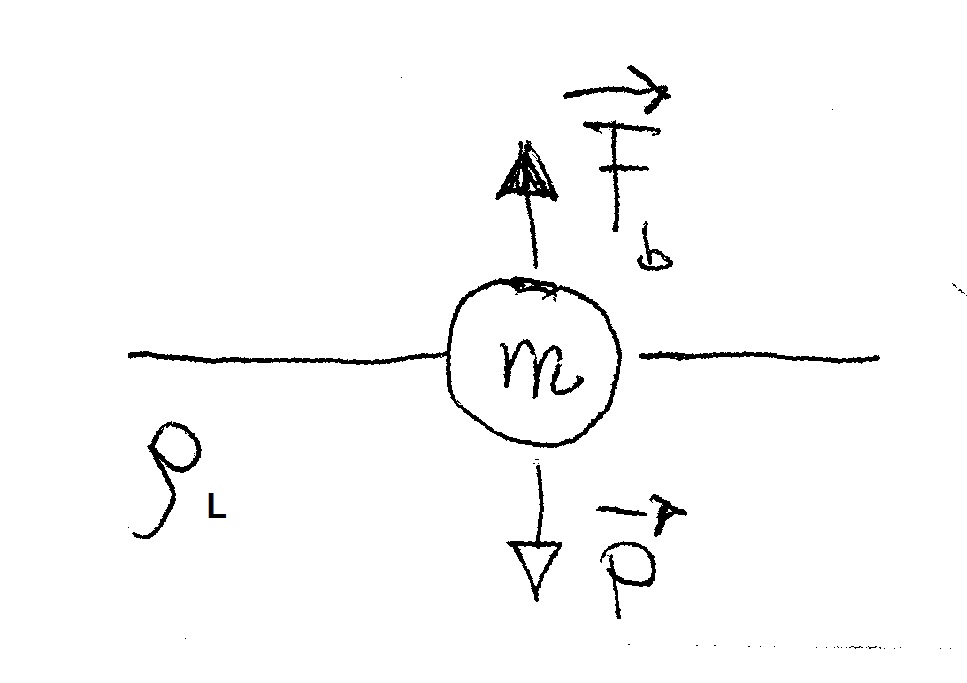Question #83c30
1 Answer
It is the force
This force has magnitude equal to the WEIGHT of the fluid displaced by the body.
This was first described by Archimedes (Archimedes' principle).

An object floats or sinks depending upon the relative densities of the body and the fluid.
For example:
If you have a brick of steel it sinks when you put it on the surface of the water.
If you take the same brick and make a big hollow ball it floats.
In the first case the brick displaces very little water that (with its weight) produce not enough buoyant force to maintain the brick afloat. In the second case the big ball displaces a lot of water and consequently a lot of weight producing a buoyant force sufficient to maintain the ball afloat (even if it is made of steel).

